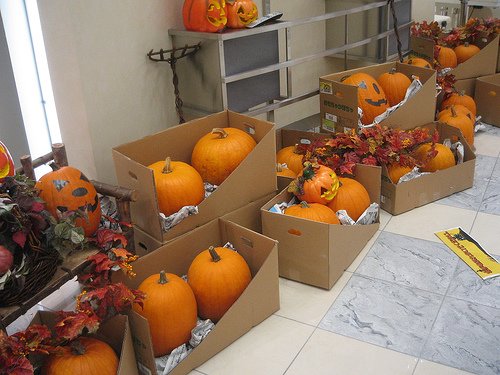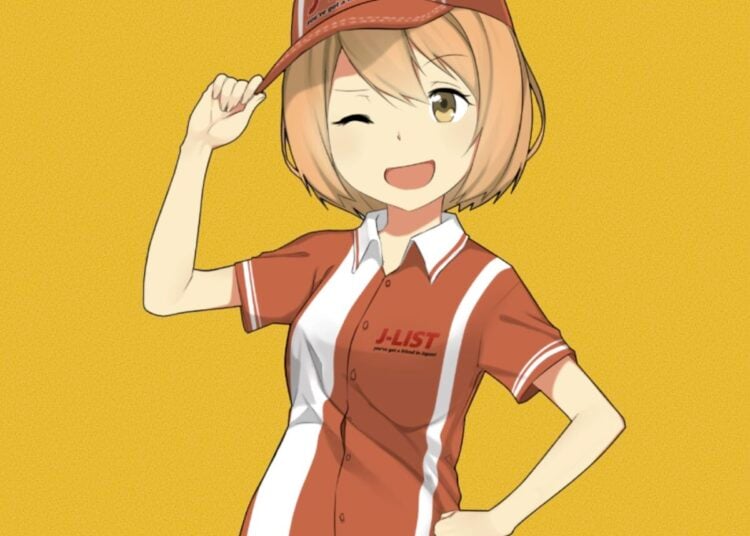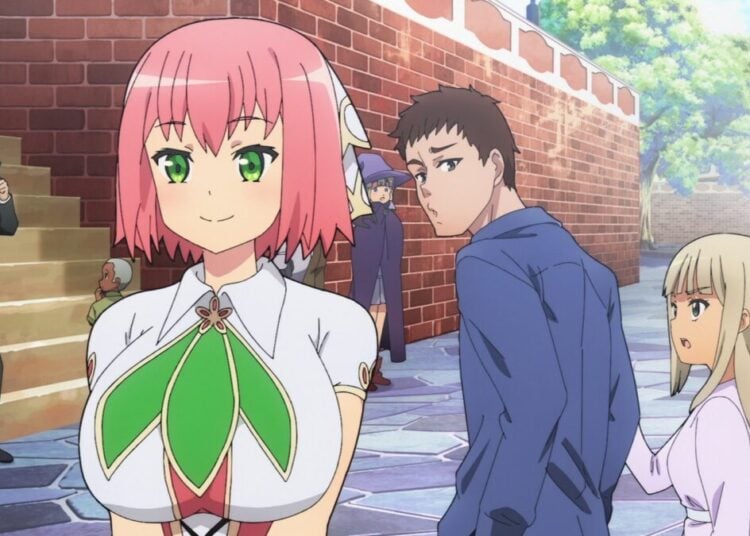One social problem that’s being talked about more and more in Japan is hikikomori (hee-kee-KOH-MOH-ree, 引きこもり), a Japanese term that refers to young shut-ins who withdraw from society, preferring to stay cooped up in their rooms and refusing to leave the house for months at a time. A strange phenomenon that’s becoming more and more prevalent in countries like Japan and South Korea, aided by the growth of the Internet and vibrant all-online communities, the problem is a growing national concern. The topic of shut-ins has been cropping up more and more in anime these days, as the medium matures and is able to express itself in new ways. One show called Rozen Maiden centers around a hikikomori main character who refuses to go to school, instead spending his days ordering occult goods from the Internet (he accidentally buys an animated gothic doll who enslaves him to her will). Another anime that’s likely to bring Japan’s shut-ins together as a generation just as Gainax’s Otaku no Video did with otaku fifteen years before is Welcome to the N.H.K. In this popular manga and anime, the story isn’t about Japan’s famous public broadcasting station (also known as the Domo-kun people), but the Nihon Hikkomori Kyokai, or Japan Shut-in Association, which figures into the story. I wonder if it’ll be shown on Cartoon Network someday?
As Japan’s population continues to decline, especially in rural areas, smaller towns and villages are doing what they can to respond to the problem. In many cases, this takes the form of gappei (GAH-peh), or merging, combining regions to form new communities to hopefully spur economic growth. This is what happened where J-List’s own Tomo lives, when the former town of Omama, population 22,000, combined with several surrounding areas to form Midori City, with three times the population and a cool, urban-sounding name. Near his house, there’s an elementary school with 35 students — not 35 students per class or per grade, but 35 students in all six grades. Hopefully the new status as part of a larger city will enable municipal leaders to combine the school districts into larger units where kids can have friends and a more normal school life. Towns with shrinking populations are trying to deal with their predicament another way, by closing redundant hospitals and other public facilities, moving their functions elsewhere. In one small town in Mie Prefecture near Osaka, residents lost the only hospital where they could give birth, requiring an hour’s journey to the nearest facility instead.

Halloween is neigh, and all through Japan you can see the devilish grin of Jack-o-Lanterns, as decorations in stores at least, if not on display in front of homes. Halloween isn’t exactly a part of the normal Japanese cultural fabric, but year after year this unique Celtic-and-American export finds its way into the hearts of kids here, who learn about the holiday as an extension of learning English, and sometimes get to dress up. When we enrolled my son at the experimental English school, we didn’t know that we were putting full-blown Halloween back into our expat lives, but since the school hosts a giant Halloween party every year where everyone comes in costume, we’ve had reason to go all-out. This year my kids are going as Anakin Skywalker and Princess Leia.
Happy news for Shirow fans: his popular 2007 calendar, the first one issued in several years, is in stock and shipping now. This calendar features all-new art created by the talented illustrator who created Ghost in the Shell, the anime that inspired the Wachowski Brothers to make The Matrix. His calendar is proving very popular this year — we ordered more than a hundred but sold half of those just on pre-orders.














